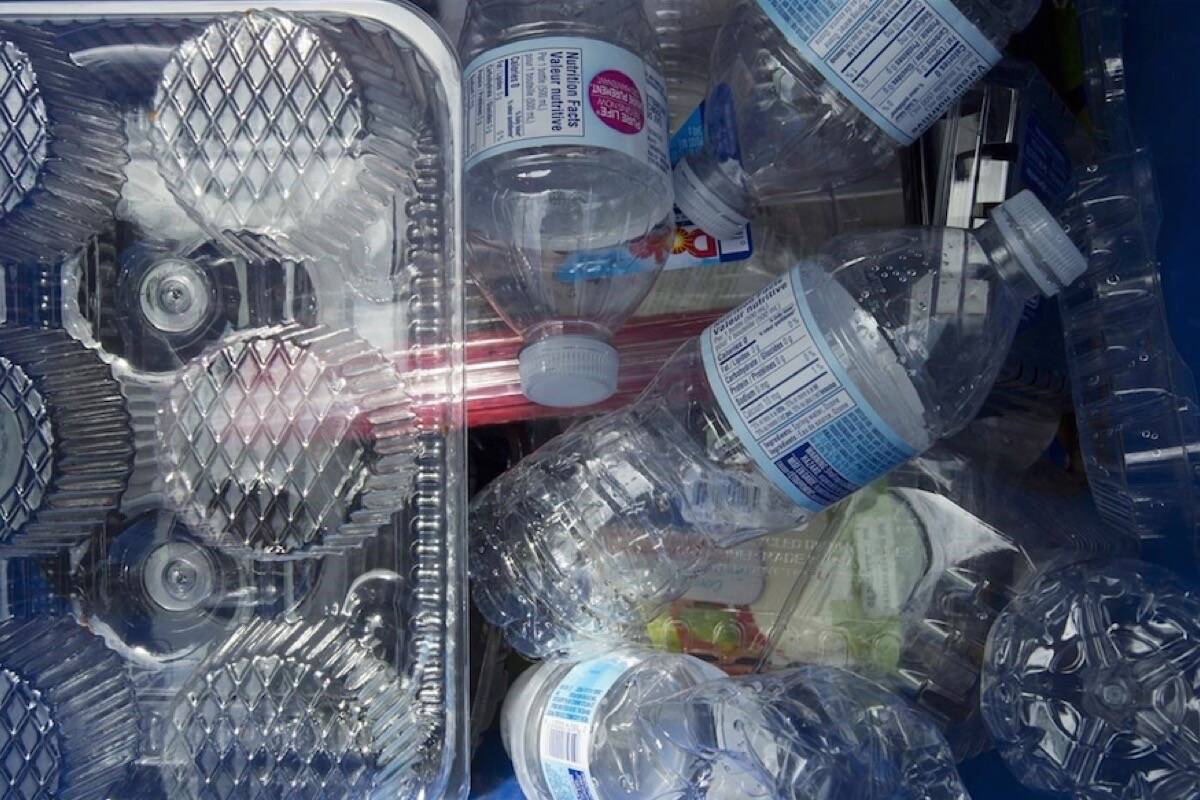Canadian environmentalists are elated by the federal government’s recent announcement banning single-use plastics.
One said it is more than just a performative act, it’s a crucial step in cleaning up the oceans,
“Is this the one thing that’s going to save us from plastic pollution? No,” said Anthony Merante, an Oceana Canada representative who worked closely with policymakers. “But I think we need to recognize that this is a monumental step in the right direction.”
After the first iteration of the ban was released on Dec. 25, Oceana was hard at work ensuring there would be no gaps in the policy.
“We really called for this ban to be written as strongly as possible so that it did not allow industry to have technical loopholes,” he said. “I think we were successful in that.”
Many countries have bans on single-use plastics, but this decision is especially noteworthy in that Canada is only the second country to ban their export — something Oceana is very proud of.
“A lot of other countries that ban single-use plastics still export them,” said Merante. “It’s a good signal from the government that they’re turning off the plastic tap to pollution, and trying to set themselves up on a global stage to do the right thing.”
Merante hopes the ban will create a more circular economy for plastics, meaning that waste gets reused and repurposed. Canada for example, a country of 38 million people uses 1.5 billion coffee cups a year — a number that could be drastically reduced by reusable mugs.
A more circular plastic economy could cut carbon emissions by 1.8 megatonnes annually and create 42,000 jobs by 2030, according to the government.
This is part of a cultural change that must happen to save the oceans, said Juan José Alava, a Research Associate at the University of B.C. and a principal investigator for the Ocean Pollution Research Unit (OPRU).
“At the end of the day, it starts with changing our individual consumption preferences and our behavior,” Alava said.
The dangers of microplastics are clear, and the government must continue to work to “categorize microplastics not only as toxic pollutants but also as persisting and bioaccumulative chemicals,” Alava said.
Although this is a tremendous win for the environment, Alava said, it’s just a step.
“We need to work hand in hand with the community, federal and provincial governments and industry to tackle plastic pollution.”
The ban on the manufacture and import of single-use plastics will come into effect at the end of this year. The sale of these plastics will then be banned by December 2023, and Canadian plastic manufacturers will have until the end of 2025 to stop exporting.
Checkout bags, cutlery, takeout containers, ring carriers, stir sticks and straws are all subject to the ban that will ultimately prevent 33 billion units of single-use plastics from entering landfills.
RELATED: The final countdown to banning some single-use plastics in Canada begins today
RELATED: Ocean Cleanup stops in Victoria to restock for next plastics hunt

